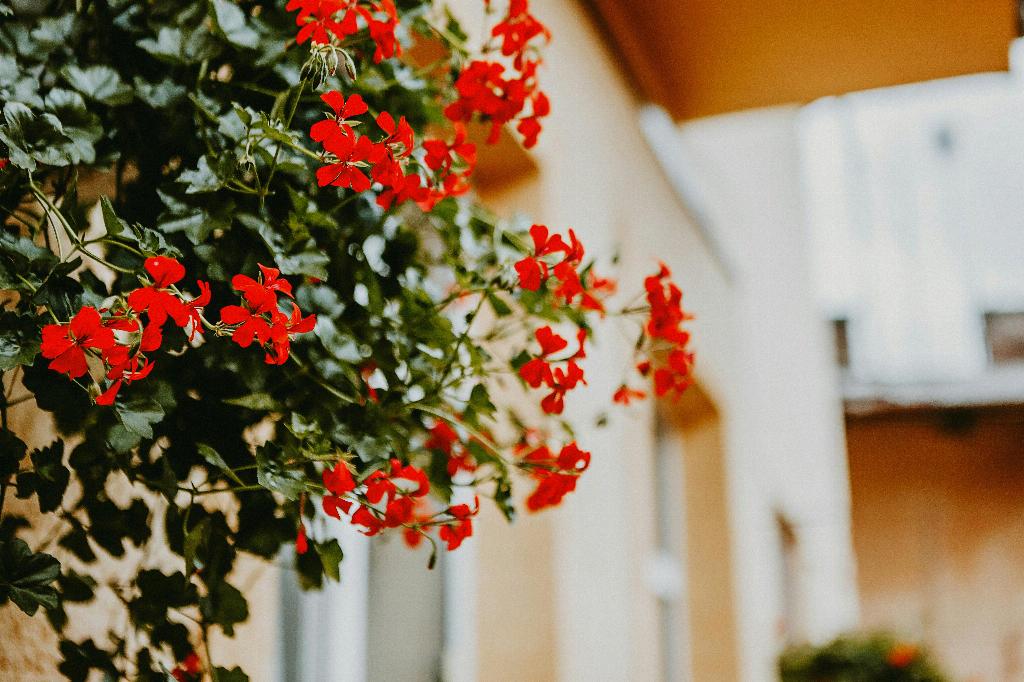When it comes to maintaining the beauty and health of your petunias, knowing how to trim them correctly is key. Trimming helps promote new growth, prevents legginess, and encourages a bushier, more compact plant. In this guide, we’ll walk you through the steps on how to properly trim your petunias for maximum results.
1. Timing is Everything
It’s important to trim your petunias at the right time to avoid cutting off flower buds. The best time to trim is in the early morning or late afternoon when the sun is not at its strongest. Avoid trimming during the hottest part of the day to prevent stress to the plant.
2. Tools of the Trade
Before you begin trimming, make sure you have the right tools on hand. Sharp pruning shears or scissors are essential for making clean cuts without crushing the stems. Disinfect your tools before and after trimming to prevent the spread of diseases.
3. Assessing the Plant
Take a close look at your petunia plant and identify areas that need trimming. Look for leggy or overgrown stems, dead or yellowing leaves, and spent flowers. Trimming these areas will rejuvenate the plant and encourage new growth.
4. Trimming Techniques
When trimming petunias, aim to remove about one-third of the plant’s overall growth. Trim back leggy stems to a healthy set of leaves or node to encourage branching. Remove any damaged or diseased parts of the plant to prevent the spread of infection.
5. Deadheading for Continual Blooms
Deadheading, or removing spent flowers, is essential for promoting continuous blooming in petunias. Pinch off faded blooms at their base to prevent seed formation and redirect the plant’s energy into producing new flowers.
6. Promoting Bushy Growth
To encourage a bushier and more compact growth habit, pinch back the tips of new growth periodically. This will stimulate lateral branching and result in a fuller, more robust plant. Regular pinching helps maintain the plant’s shape and appearance.
7. Fertilizing for Optimal Growth
In addition to trimming, fertilizing your petunias is important for their overall health and vigor. Use a balanced fertilizer formulated for flowering plants to provide essential nutrients for growth. Follow the manufacturer’s instructions for best results.
8. Watering and Care Tips
Proper watering is crucial for the success of your petunias. Water deeply and infrequently to encourage deep root growth and avoid waterlogging the soil. Maintain good air circulation around the plant to prevent diseases.
9. Overwintering Petunias
As the growing season comes to an end, consider overwintering your petunias indoors to protect them from frost. Trim back the plants and transplant them into containers to bring indoors, where they can continue to thrive until the next growing season.
10. Monitoring for Pests and Diseases
Keep an eye out for common pests like aphids, spider mites, and whiteflies that can infest petunias. Regularly inspect the plant for any signs of damage or discoloration, and take prompt action to address pest or disease issues.
11. Enjoying the Fruits of Your Labor
With proper trimming and care, your petunias will reward you with an abundance of beautiful blooms throughout the growing season. Take time to appreciate the colorful display and the joy that these vibrant flowers bring to your garden.
12. Conclusion
Trimming petunias may seem like a simple task, but when done correctly, it can make a world of difference in the health and appearance of your plants. By following the tips outlined in this guide, you’ll be well-equipped to trim your petunias like a pro and enjoy their beauty to the fullest.

